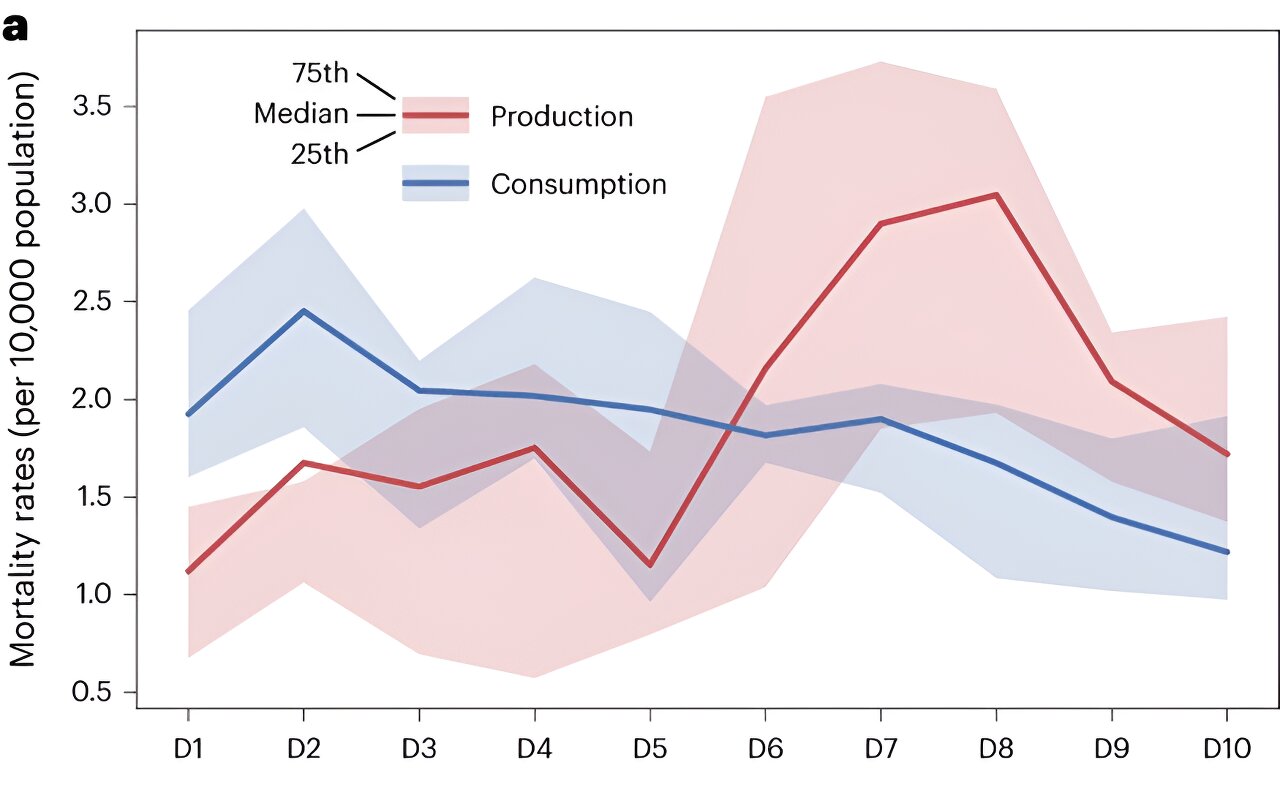Patients at risk of extravasation during chemotherapy can benefit from the subcutaneous injection chamber technique, which reduces the risk of skin necrosis and limits drug side effects. Dr. Luu Kinh Khuong, head of the Department of Anesthesiology and Resuscitation at Tam Anh General Hospital in Ho Chi Minh City, explained that external intravenous lines can lead to damage to peripheral blood vessels, inflammation, and an increased risk of extravasation due to vein deviation.
Extravasation is a common complication when injecting drugs into peripheral veins, causing irritation, ulcers, and skin necrosis. Older patients, those with weak vessel walls, obesity, edema or skin lesions are more susceptible to this condition. To address this issue, a subcutaneous injection chamber is often used for patients at risk of extravasation due to chemotherapy at Tam Anh General Hospital. This device is implanted under the skin of the chest wall to support intravenous drug and nutrition infusion providing a more secure and convenient method of drug delivery.
Patients who have had a subcutaneous injection chamber placed have experienced improved convenience and effectiveness in their cancer treatment. The device allows for targeted delivery of chemotherapy drugs without the risk of complications associated with intravenous administration resulting in reduced side effects and improved outcomes. Patients can continue their treatment with confidence and without the limitations imposed by traditional IV drug delivery methods.
The procedure for implanting a subcutaneous injection chamber involves placing the device under the skin of the chest wall with a catheter inserted into a central vein to facilitate drug delivery. The incision is sutured and bandaged to prevent infection; patients can resume their daily activities once the device is in place. Regular monitoring and care are required to ensure longevity and effectiveness which can last up to 1-2 years before replacement may be necessary.
In conclusion, healthcare providers can improve patient outcomes by incorporating innovative technologies like subcutaneous injection chambers into cancer care treatments that reduce risks associated with traditional IV drug delivery methods while also enhancing patient comfort












+ There are no comments
Add yours